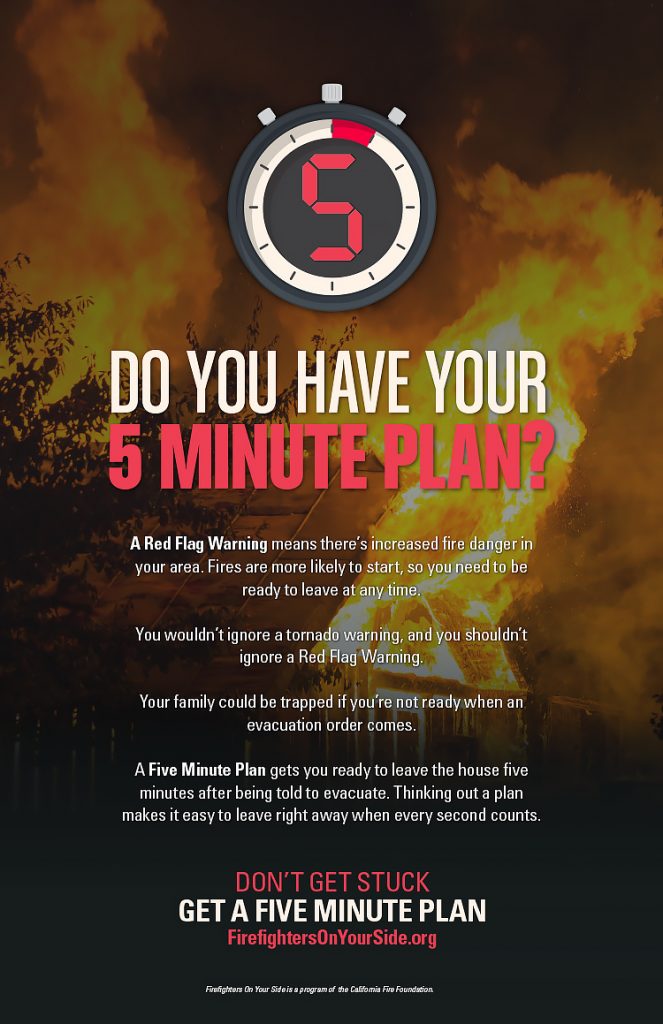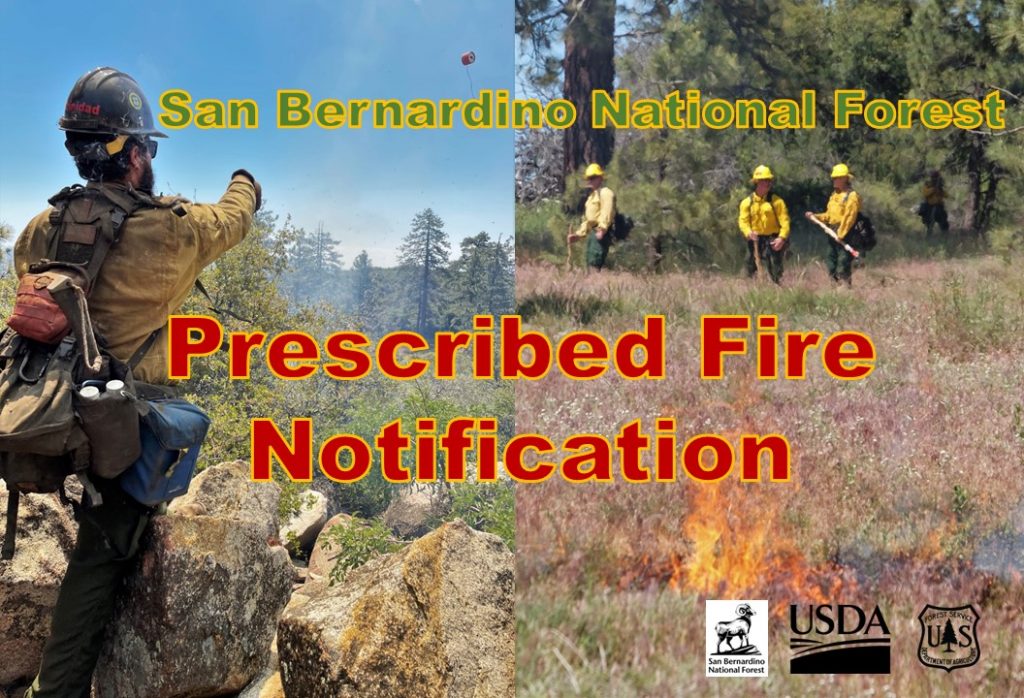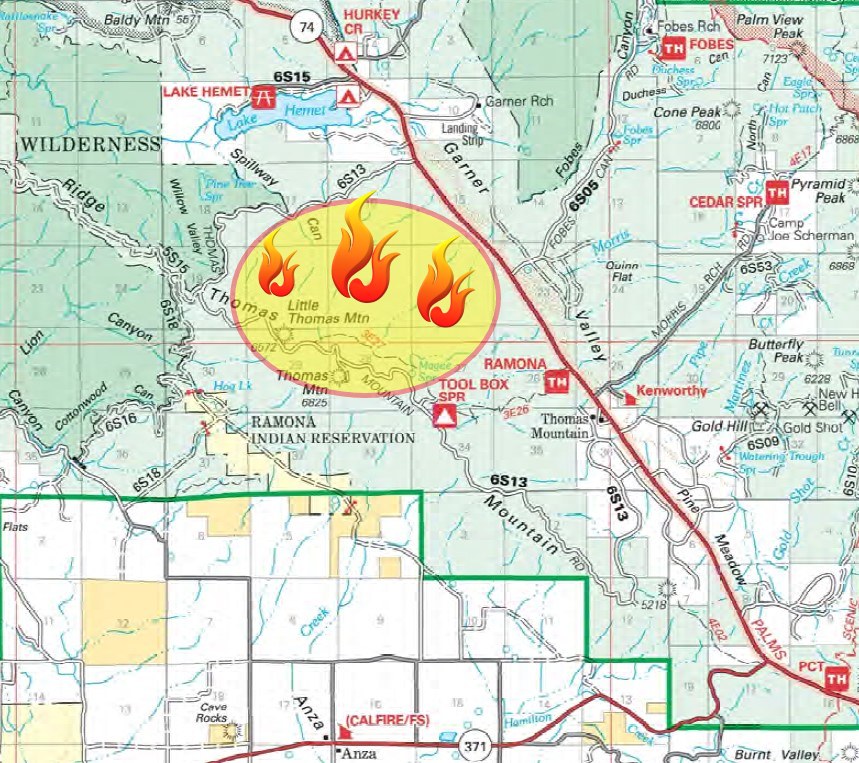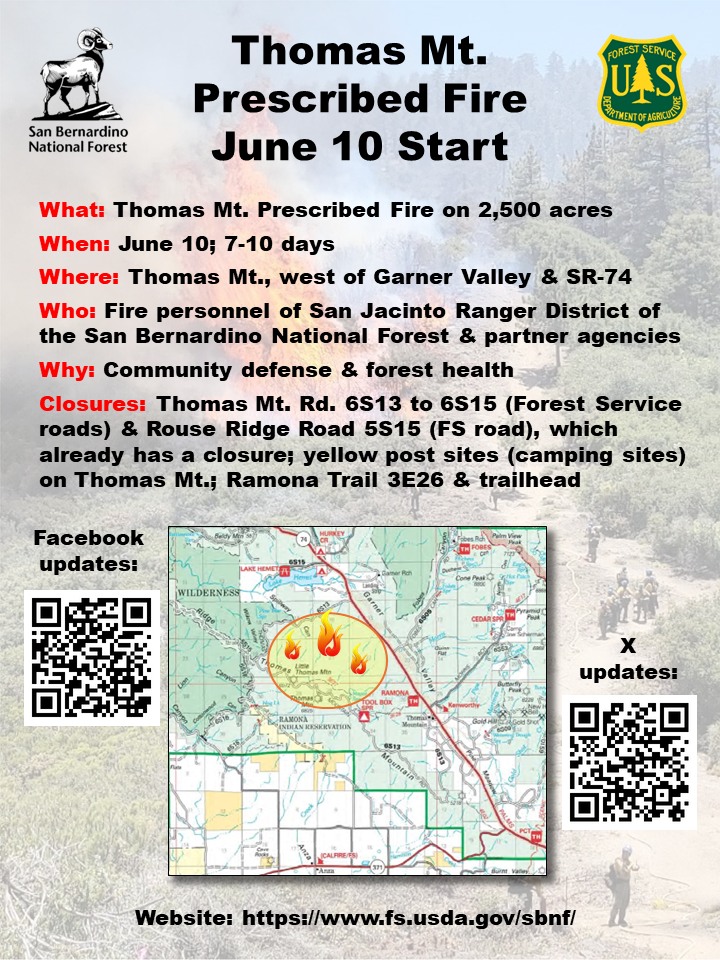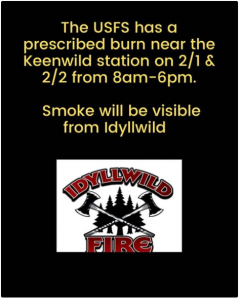Homeowners Checklist – How to Make Your Home Fire Safe
OUTSIDE:
- Design / Construction
– Use ignition resistant construction for roofs/ roof assemblies, gutters, vents, decks, exterior walls, exterior windows
– Enclose the underside of eaves, balconies, and aboveground decks with fire resistant materials
– Show your 100 feet Defensible Space on plot plan
– Build your home away from ridge tops, canyons, and areas between high points on a ridge
– Consider installing residential sprinklers
– Make sure that electric service lines, fuse boxes, and circuit breaker panels are installed and maintained per code
– Contact qualified individuals to perform electrical maintenance and repairs - Access
– Make sure that your street name sign is visibly posted at each street intersection
– Post your house address so it is easily visible from the street, especially at night
– Address numbers should be at least 3 inches tall and on a contrasting background
– Identify at least two exit routes form your neighborhood
– Clear flammable vegetation at least 10 feet from roads and five feet form driveways
-Cut back overhanding tree branches above access roads
– Construct roads that allow two-way traffic
-Make sure dead-end roads, and long drive ways have turn-around areas wide enough for emergency vehicles
– Design bridges to carry heavy emergency vehicles
– Post clear road signs to show traffic restrictions such as dead-end roads, and weight and height limitations - Roof
– Install a fire resistant roof. Contact your local fire department for current roofing requirements.
– Remove dead leaves and needles from your roof and gutters.
– Remove dead branches overhanging your roof and keep branches 10 feet from your chimney.
– Cover your chimney outlet and stovepipe with an nonflammable screen of 1/2 inch or smaller mesh - Landscape
– Create a Defensible Space of 100 feet around your home. It is required by law
– Create a “LEAN, CLEAN, AND GREEN ZONE” by removing all flammable vegetation within 30 feet immediately surrounding your home
– Then create a “REDUCED FUEL ZONE” in the remaining 70 feet or to your property line
– You have two options in this area:
a) Create horizontal and vertical spacing between plants. The amount of space will depend on how steep your property is and the size of your plants.
b) Large trees do not have to be removed as long as all the plants beneath them are removed.
– Remove lower tree branches at least six feet from the ground
– Landscape with fire resistant plants
– Maintain all plants with regular water, and keep dead branches, leaves, and needles removed.
– Wen clearing vegetation, use care when operating equipment such as lawnmowers. One small spark may start a fire; a string trimmer is much safer. - Yard
– Stack woodpiles at least 30 feet from all structures and remove vegetation within 10 feet of woodpiles
– Locate LPG tanks (butane and propane) at least 30 feet from any structure and maintain 10 feet of clearance
– Remove all stacks of construction materials, pine needles, leaves and other debris form your yard
– Contact your local fire department to see if debris burning is allowed in your area; If so, obtain a burning permit and follow all local air quality restrictions - Emergency Water Supply
– Maintain an emergency water supply that meets fire department standards through one of the following
a) a community water/hydrant system
b) a cooperative emergency storage tank with neighbors
c) a minimum storage supply of 2,500 gallons on your property (like a pond or pool)
– Clearly mark all emergency water sources
– Create easy firefighter access to your closest emergency water source
– If your water comes from a well, consider an emergency generator to operate the pump during a power failure

